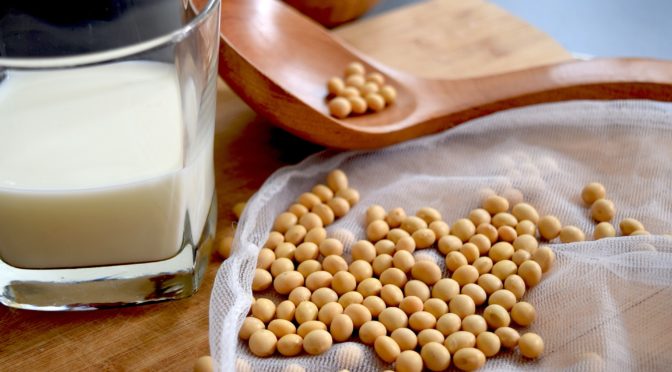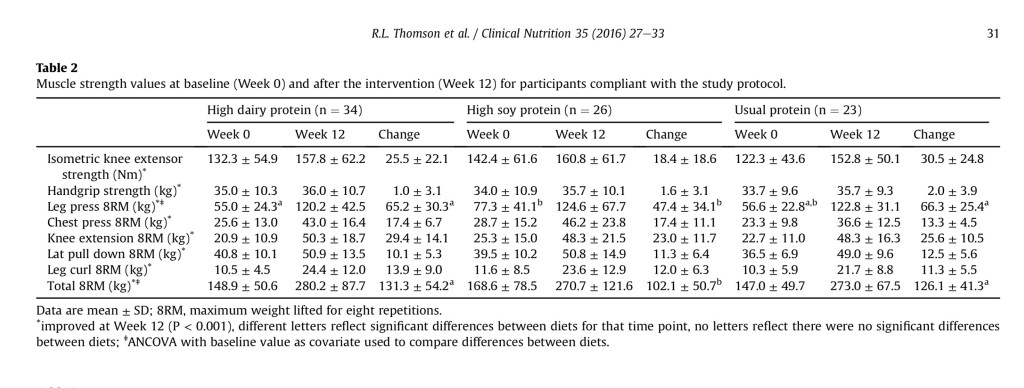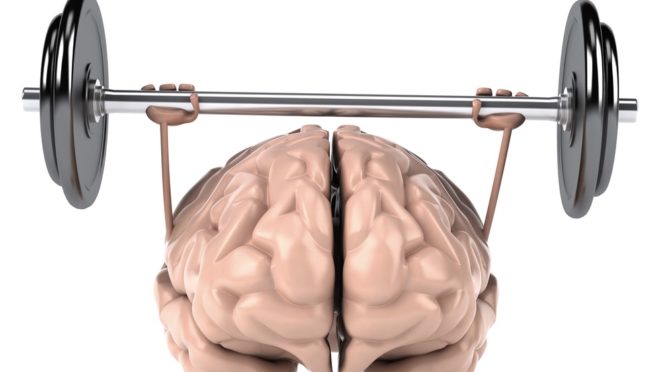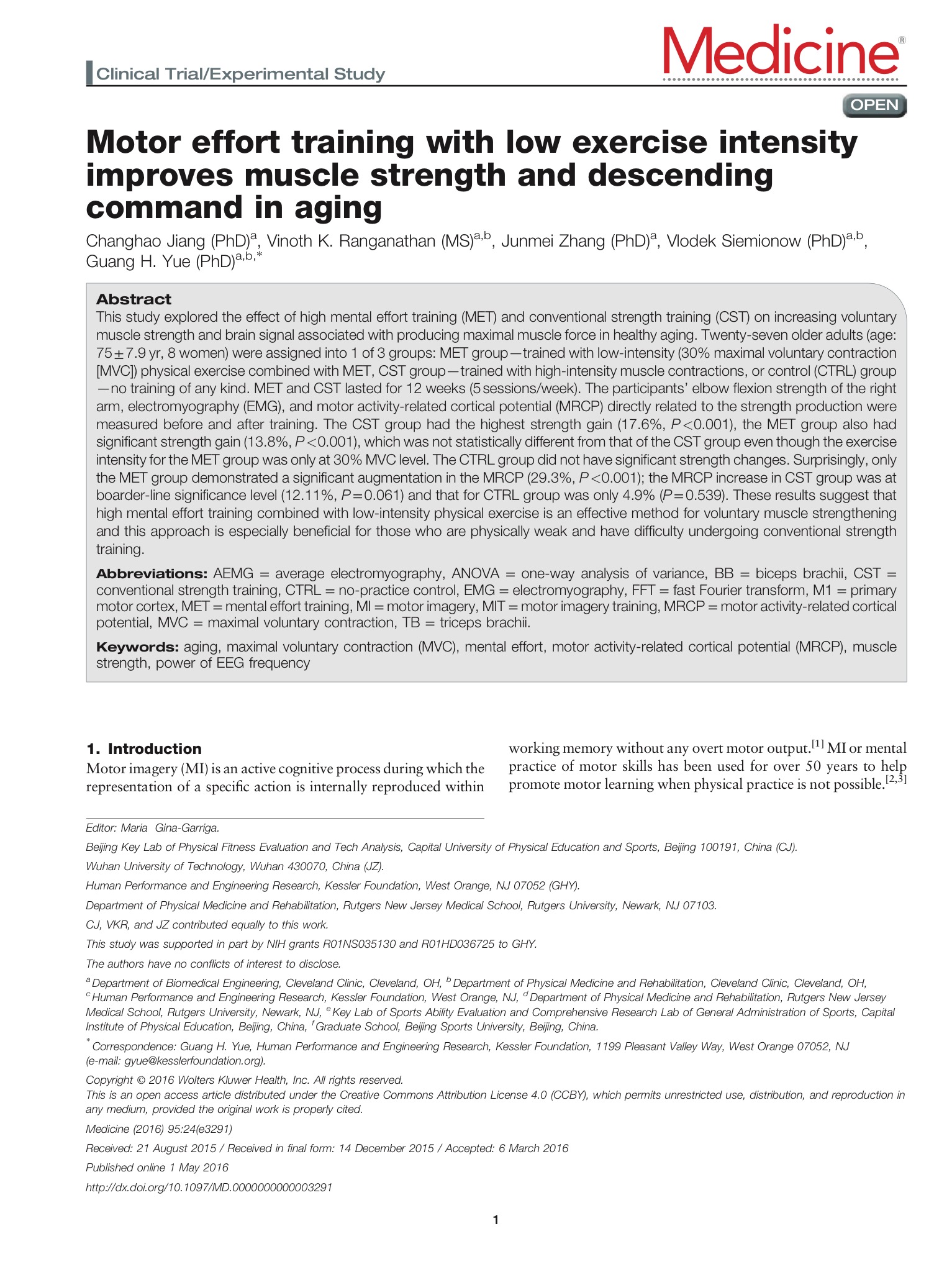On a global scale, the number of people over 60 yr is expected to more than double from 841 million in 2012 to more than 2 billion by 2050. This change in demographics will have profound implications for many aspects of life. Furthermore, Government bodies worldwide will be faced with considerable challenges related to aging policy and how best to deal with this new reality.
Of the many things that occur during the ageing process one of the most obvious signs is the loss of skeletal muscle mass (sarcopenia) and strength (dynapenia) with decrements in physical function and potential predisposition to disability. The process whereby there is a gradual loss of muscle mass and concomintant reduction in strength and physical function with ageing – is primarily caused by a loss in number of muscle fibres and preferential loss and atrophy of fast-twitch type-IIx fibres. The loss in fibre number and atrophy and loss of type-IIx fibres may be related to a loss of innervation of muscle fibres and a progressive loss of alpha-motorneurons (see here).
I want to try and explain, therefore, why I think it is so important for anyone over 40 to spend some time in their week lifting weights – or what is more technically known as resistance training (for the short version click here). There has been a significant amount of research conducted to show that one of the very best ways to slow down this process is to perform regular and challenging resistive-based exercise or weight training. Recently, more data has emerged suggesting that an even greater benefit may be achieved with high-velocity power training (see here & here). Such training is slightly different to traditional strength training in that exercises are performed with light-to-moderate loads or weight, but movement speed is performed at fast to very fast speeds. Evidence demonstrates that such activity can even reverse some of the changes seen due to the combination of ageing and sedentariness, by specifically stimulating and increasing the strength and size of these fast twitch type-II muscle fibres (see here).
Over 25 years ago a seminal and ground-breaking research study was conducted which completely questioned our scientific understanding of what was possible when very old frail people were exposed to resistance training. In many ways the findings of this study are at the core of why most, if not all people over 40, should be doing some resistance training – colloquially speaking – “pumping iron”. Whilst weight, strength or resistance training may not be everyone’s cup of tea if there is one form of exercise that can substantially and dramatically improve functional physical capacity it is this form of exercise that promises so much.
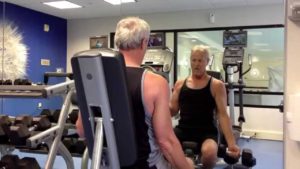
A pivotal moment in my life occurred whilst doing PhD studies in the early 1990s. My project was to review the literature in a chosen area and my area of interest that I had developed for a while by then was resistance training. I had been introduced to this type of exercise as a means to improve athletic performance as an aspiring junior Track & Field athlete. The dramatic improvement in my performance once I had added this to my training program was extraordinary. Since that point in time I have lifted weights regularly and done countless squats, deadlifts, power cleans, tossed tractor tyres, pulled on pulley’s, performed push-ups, stood on Swiss Balls, jumped over hurdles……………………………………
I chose to focus on and study the morphological (structural) and functional changes that occur in human skeletal muscle as we age and what can be done to attenuate or slow these changes down. The simple answer to that question is to perform regular but challenging resistance training.
It was during this literature review that a very important piece of research came to my attention.
The question that had remained largely unanswered was how much of the biological “age-related” decline in muscle size, strength and function is attributable to ageing per se or to the extremely sedentary lifestyles adopted by many people as they grow older?
It is quite clear that both the ageing process and disuse syndromes (meaning no physical activity) contribute to a preferential loss of muscle fibres, specifically type-IIx fibres, and it is these muscle fibres that are involved in movements that require high amounts of force, power and speed. The critical question is, then, to what degree could intervening with a progressive resistance training program alter the trajectory of this decline in muscle strength and function and is it indeed possible to even reverse some portion of the assumed “age-related” decline seen in older people.
The study that everyone should read
The study that was published in JAMA (The Journal of the American Medical Association) June 13, 1990 by Maria Fiatarone and colleagues (see here) undertook to determine the feasibility and the physiological consequences of high-resistance strength training in the frail elderly. You are probably wondering just how frail. Well, not wanting to mince my words these participants were very frail and were probably coming to the final years or even months of their lives.
Their average age was just over 90, there were 6 women and 4 men, 60% had level 2 pattern of care (meaning they were not independent and required moderate assistance), 8 had a history of falls, 7 habitually used ambulatory assistive devices, there was over 4 chronic diseases per person and daily medications taken per person equated to more than 4. The most common medical diagnoses were osteoarthritis (7 subjects), coronary artery disease (6 subjects), osteoporotic fracture (6 subjects) and hypertension (4 subjects). Four of 10 subjects had anthropometric evidence of undernutrition and a substantial proportion did not obtain the recommended daily allowance for important micronutrients. (Click on graphs for clearer view of results)
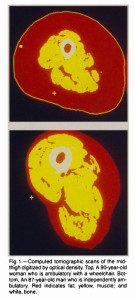
Muscle accounted for only 31% of the total cross-sectional area of the thigh as determined by CT scans, which meant that there was more fat and bone than muscle and it would be stating the obvious to you that this is not conducive to good balance, strength or functional mobility. Baseline muscle function was terrible with a 6 metre walk taking an average time of 22 seconds to complete with one subject taking almost 1 minute. Many struggled to raise themselves out of a chair without the assistance of their arms. Strength at the beginning of the study was positively correlated with fat-free mass (total muscle) and midthigh muscle area, whereas it was related inversely to time taken to stand from a chair and time to walk 6 metres.
What this means is that those that had more muscle tissue and greater strength at the start of the study (baseline) were able to perform better on the walk test and chair stand by executing these tasks more quickly.

Now to the interesting part of the study.
The results
Notwithstanding that there were only 10 elderly people involved, the findings were incredible and well beyond what was expected. What was even more surprising was only one simple exercise was employed: unilateral leg extension (i.e. single-leg) using a standard weight-and-pulley system. The 8-week training program used principles of progressive resistance training (in other words, as they got stronger the relative loads were increased), employed concentric and eccentric muscle contractions (whereby the muscle shortens and lengthens whilst under tension), trained 3 times/week completing 3 sets of 8 repetitions of each leg in 6-9 seconds/rep, with 1- to 2- minute rest periods between sets.
In light of their age, their general health status and the fact that they were only doing one simple exercise that primarily focused on the quadricep muscle (thigh) it would be within reason to think that the outcomes of the program would be quite negligible. However, that did not happen and this basically demonstrates that no matter how old, how injured, how dysfunctional you may be, your body and the skeletal muscle you stimulate – by performing challenging physical movement – will not only respond but it will respond quite robustly.

Tolerance of the resistance training program was excellent with 90% completion rate (9 out of 10 finished), and no cardiovascular complications were seen. There was occasional hip and knee discomfort and that would be expected but no analgesics were required and no training sessions were missed. Gains in muscle strength were impressive and after just 8 weeks of training average strength had increased by over 170% and responsiveness to training was not different in men vs women. Some subjects made quite extraordinary gains of almost 400%. Muscle size increased in 5 of the 7 of the subjects that were CT scanned for total midthigh muscle area. Of those with stable body weight, the mean muscle area increases were significant with total midthigh muscle area going up 11.7%, the quadriceps up by 14.5% and the hamstrings/adductors by 10.6%.
Functional mobility accompanied the improvements in strength and muscle hypertrophy (growth). The time taken to complete the walking test improved substantially from 44 seconds to 29 seconds representing a 48% improvement. Two subjects no longer needed canes to walk at the end of the study and one of three subjects who could not initially rise from a chair without the use of their arms became able to do so. Importantly, no subjects experienced falls during the study. The physiological and functional improvements were truly incredible. The effects of detraining were assessed too (stopped the program) and what this showed was that the gains made were very quickly lost with a significant 32% decrease in maximum strength after only 4 weeks of ceasing the training.
What are the major implications of these findings?
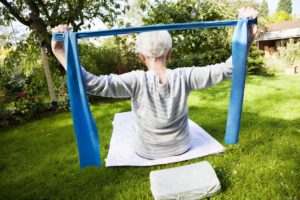
The results clearly demonstrated that progressive resistance training at sufficient loads (greater than 80% 1RM; i.e. lifting 80% of the maximum weight you can lift once) can induce dramatic and substantial increases in muscle strength, size and function in frail men and women up to 96 years of age. Achieving such favourable responses to strength training in these subjects is remarkable when one considers their very advanced age, extremely sedentary lifestyles, multiple chronic diseases and functional disabilities, and nutritional inadequacies. What is clear is that the preservation of fat-free mass (muscle) as one ages is a critical factor and directly affects muscle strength in the older person.
Exercise and resistance training specifically, is able to provide the neuromuscular system the appropriate physiological stimulus to reverse and modify a portion of the muscle weakness and functional loss often and simply put down to old age. Re-read that sentence because that is huge!
The final thing I would like to say on this study which deserves comment is that the results are all the more impressive because the subjects performed only one simple exercise (leg extension done unilaterally). Obviously if one employs resistance training exercises that are more complex, multi-jointed and aim to stimulate all the muscles of the upper and lower extremities (using different exercises) the structural and functional improvements would potentially be even greater.
For local Townsville residents interested in FitGreyStrong’s Exercise Physiology services or exercise programs designed to improve muscular strength, physical function (how you move around during the day) and quality of life or programs to enhance athletic performance, contact FitGreyStrong@outlook.com or phone 0499 846 955 for a confidential discussion.
For other Australian residents or oversees readers interested in our services, please see here.
Disclaimer: All contents of the FitGreyStrong website/blog are provided for information and education purposes only. Those interested in making changes to their exercise, lifestyle, dietary, supplement or medication regimens should consult a relevantly qualified and competent health care professional. Those who decide to apply or implement any of the information, advice, and/or recommendations on this website do so knowingly and at their own risk. The owner and any contributors to this site accept no responsibility or liability whatsoever for any harm caused, real or imagined, from the use or distribution of information found at FitGreyStrong. Please leave this site immediately if you, the reader, find any of these conditions not acceptable.
© FitGreyStrong

